Your cart is currently empty!
Willow In Luina – The Town That Died Twice
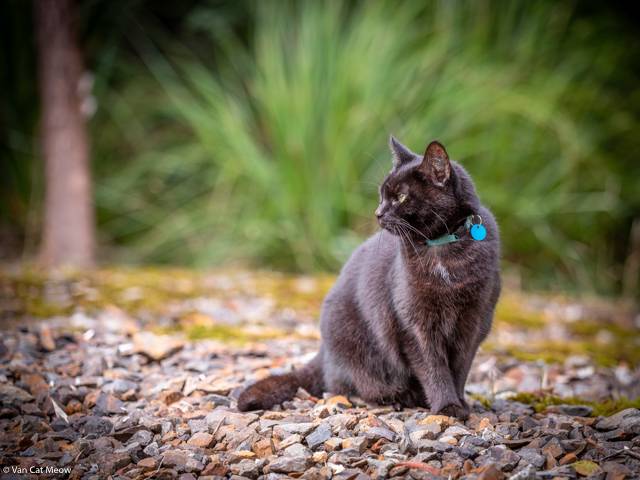

Willow has visited many ghost towns in her travels around Australia. Towns that time forgot in the desolation of the wilderness, the outback towns that never saw the railway tracks arrive, and the towns where industry never prospered.
Today we are in Luina – a town that can’t be blamed for trying, for it has actually died twice.
 Loading..
Loading.. Loading..
Loading.. Loading..
Loading.. Other places we have visited
Other places we have visitedYesterday evening the three of us arrived after dark and found a quiet space to park the van on an old street. But we weren’t the only temporary citizens. Being a convenient layover between Waratah and Savage River on the way to the West Coast, in clearing to the North a group of travellers had also set up camp.
The chilly night had passed in the town that isn’t really here, Luina – current population about 7.. and a cat.
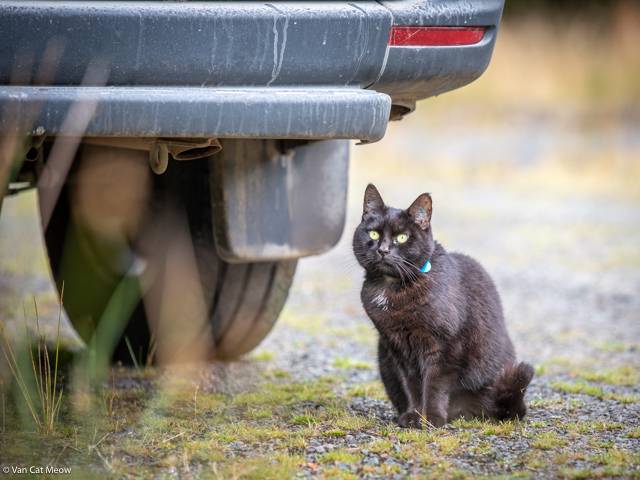
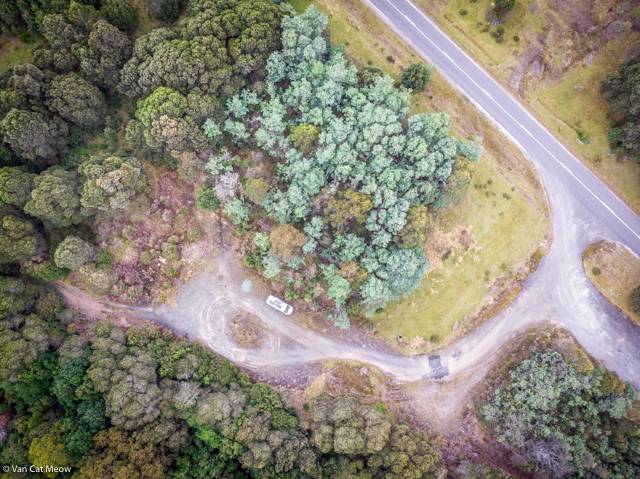
We stay for a couple of days at most camps, or even a week or two when there’s no pressure to move on. Now, we are due in Hobart in about a week to visit family which means we must press on.
On the days that we do need to move on we make sure Willow enjoys her outdoor time in the mornings before we head off. This usually starts with her jumping out the sliding door and spending some time under the van.
From there she can get comfortable with her surroundings before exploring further. She follows me to the track down to the Whyte River. I pick her up and carry her the rest of the way to the banks.
Willow is wary of the river, not quite sure what to make of the sound of the water flowing over the rocks. It takes a moment for her compose herself on the bank under the myrtle trees.
It’s hard to imagine this sleepy scene was once the stage of a gold rush in the early 1900s. Just a few years prior in 1898 the town was gazetted after the establishment of a copper and tin mine and the town flourished. Although, its prosperity was short lived, and by the 1920s the town was dead due to labour shortages. In 1967 the mine was purchased by Cleveland Tin NL who subsequently revitalised the town and built 60 homes to accomodate its workforce.
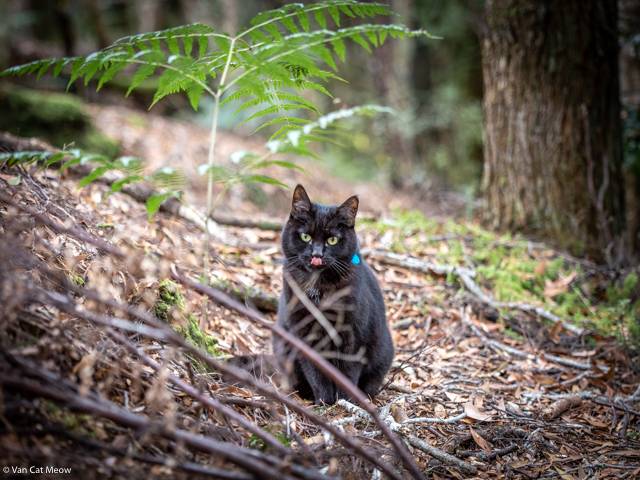
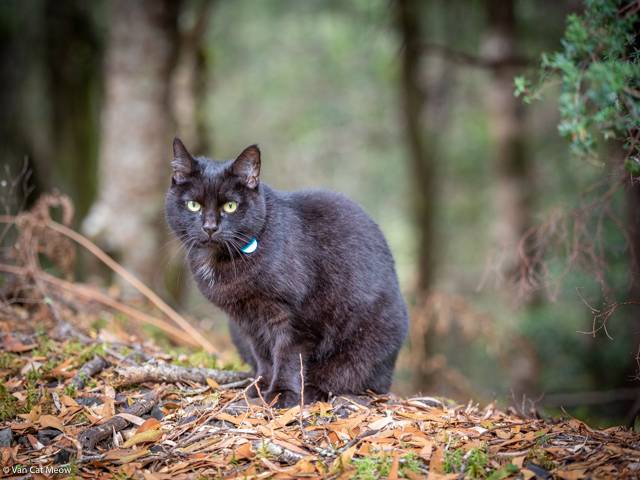
By the 1970s the mine was the second largest tin producer in Australia. However, with the introduction of aluminium as a more viable product prices fell and the mine was forced to close in 1987. The workers left, the buildings repurposed, and the town forgotten – the census data now reports a population of zero.
Today little stands of the town that died twice, a remnant structure collapsed long ago lingers by the river. Though, the bitumen streets still lie with the gutters intact forming grids of houseless streets, the blocks now reclaimed by moss and myrtle. A tap and electrical box, and a lone Cotoneaster tree the only other signs that town life ever existed here.
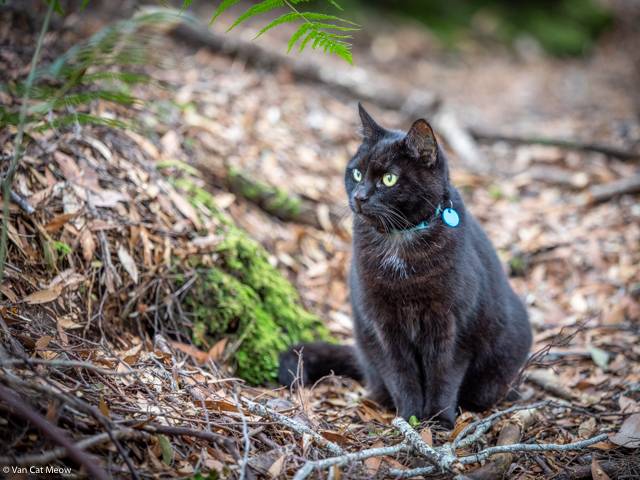
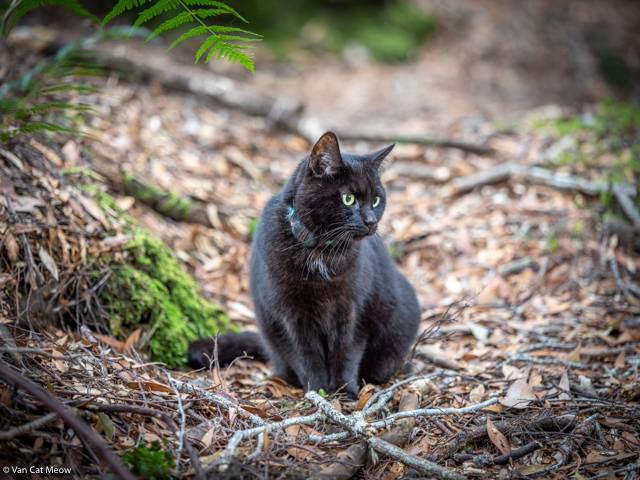
Willow hops up the embankment to find the track back to the van. It seems as though she’s had enough of the river and outdoors for one morning. I follow her up and she sprints back under the van.
Though, she’s not ready to leave just yet. She sits where she knows I can’t reach her while Steph and I organise the van for our departure. Only when Willow is content does she hop back in and the three of us continue down the road to our next adventure.
* * *
This is what we love about Tasmania – the forgotten places and the wilderness at the ready to repossess it. It’s always a pleasure to spend time in these places. Thanks for joining us!

Van Cat Meow
As seen on:
Lonely Planet
The Daily Telegraph
Business Insider
People Magazine
Sunrise TV
Buzzfeed
Mashable
